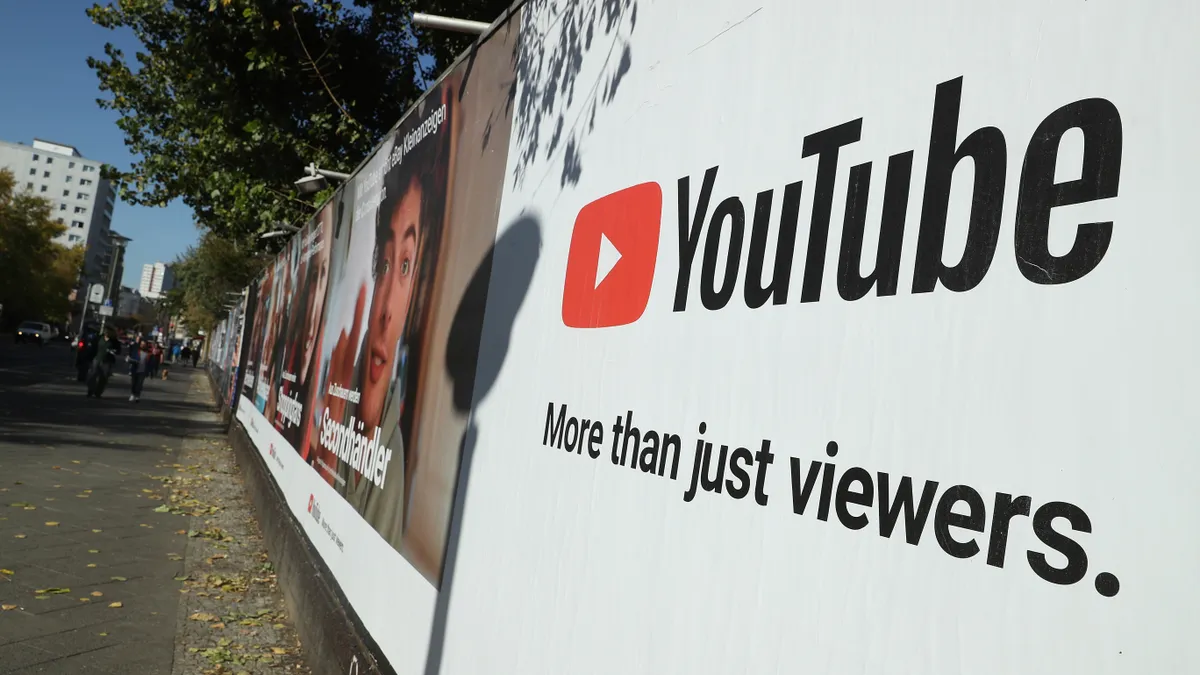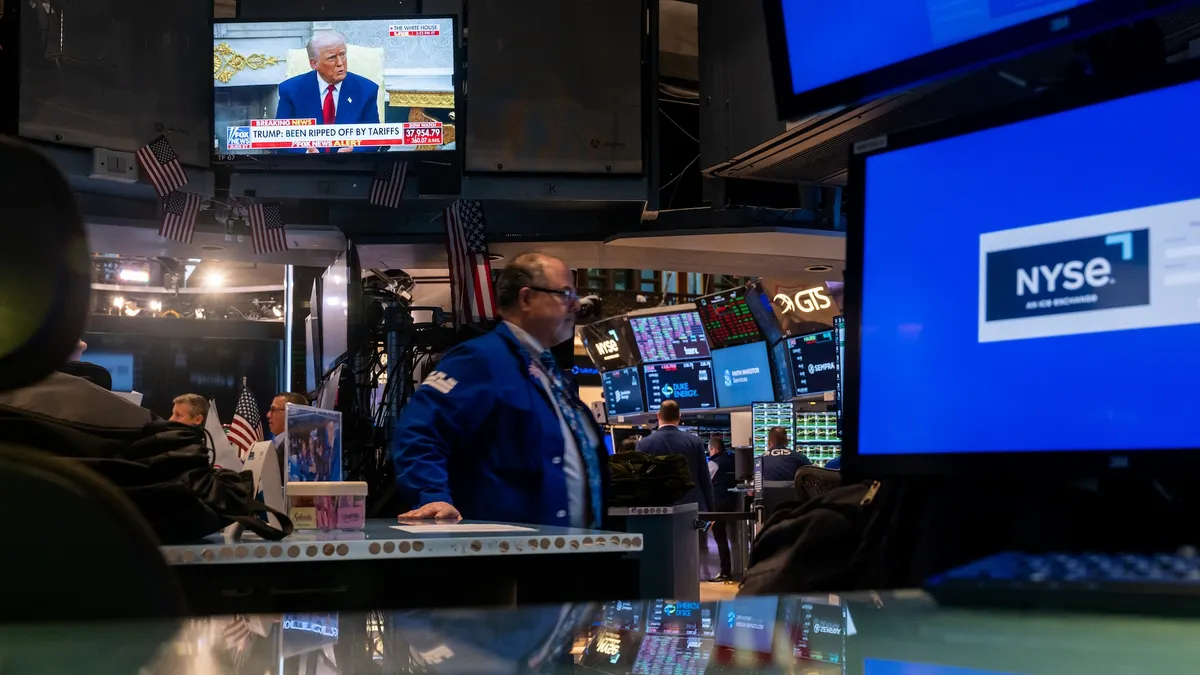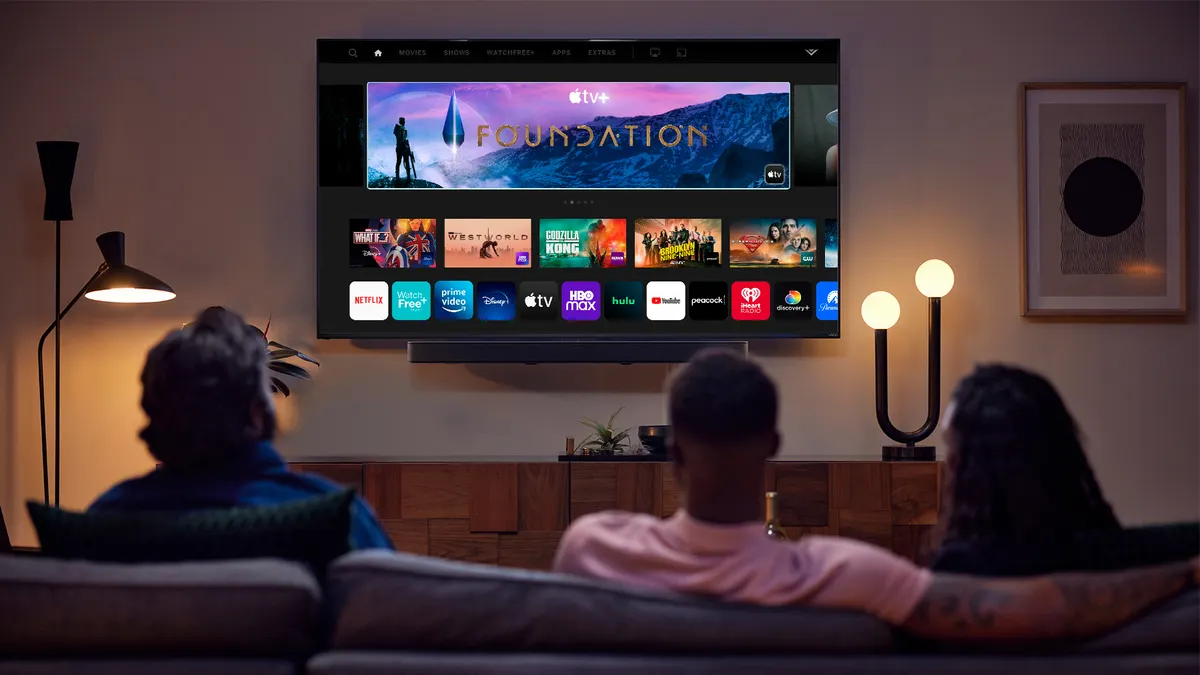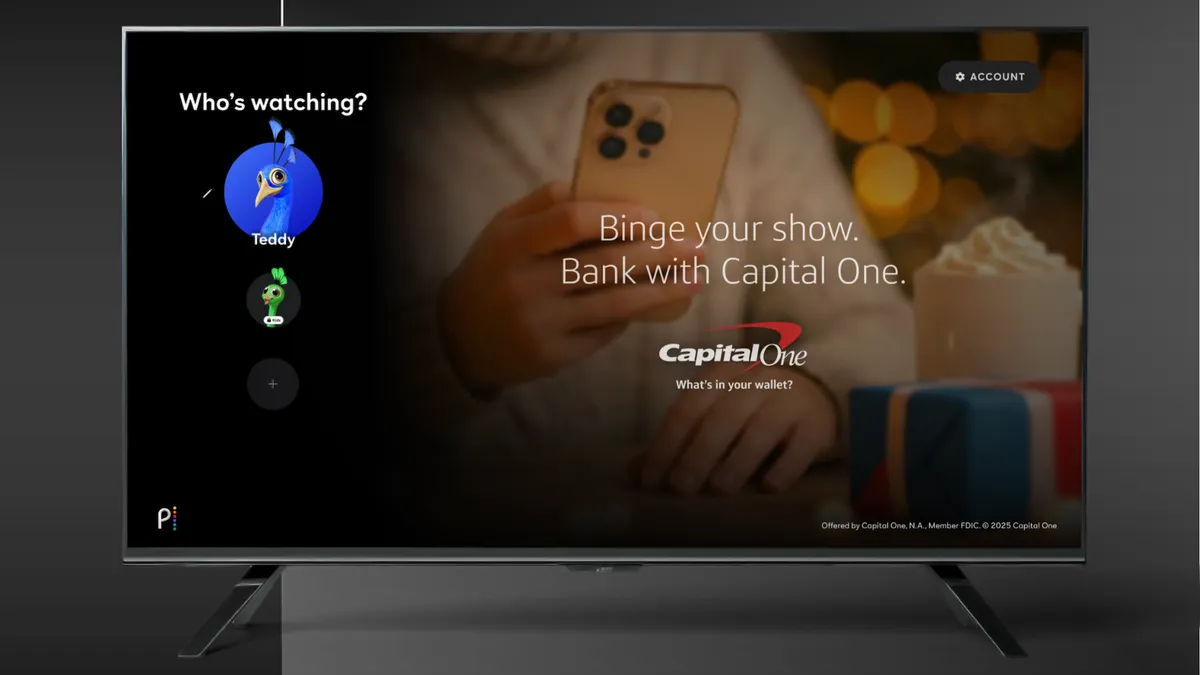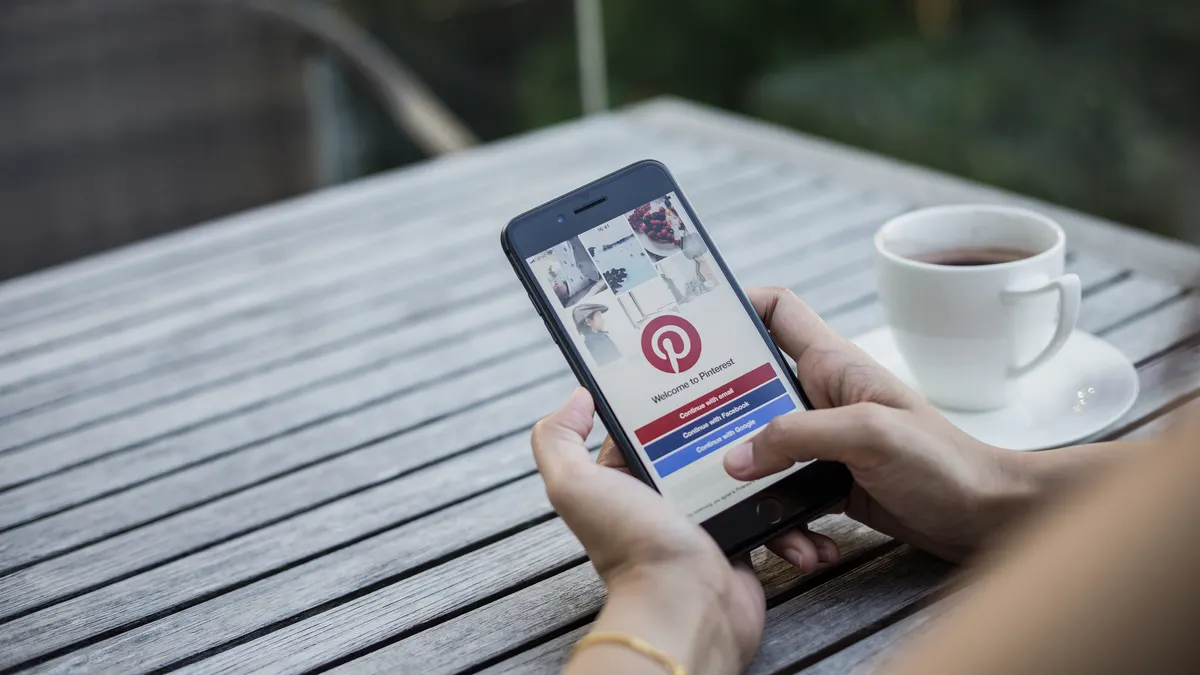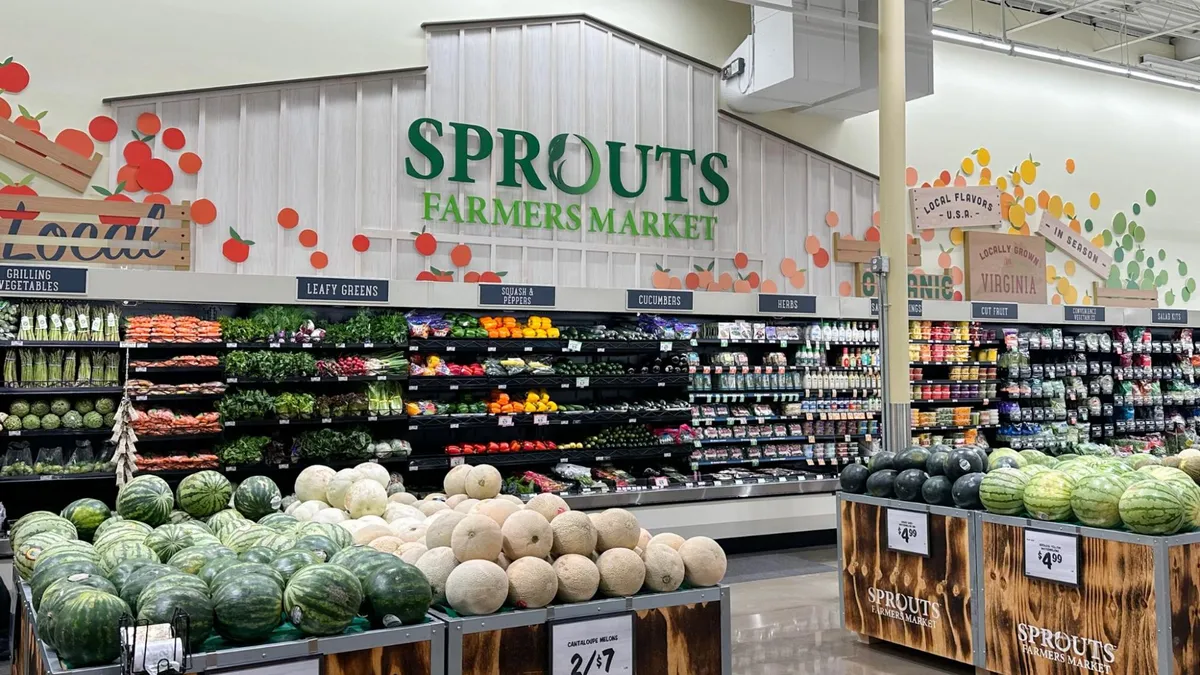NEW YORK — Google advertising is getting a bigger injection of retail media data, the company announced as part of its presentation at the Interactive Advertising Bureau’s NewFronts Monday. A commerce media solution supported by partners including Costco, Intuit, Regal Cinemas and Kinective Media by United Airlines is coming to the platform’s Display & Video 360 (DV360) suite. Importantly, brands will be able to use the data for YouTube campaigns, another sign of the growing convergence between a typically lower-funnel channel and more premium digital video tactics.
Executives positioned the announcement as a win-win for both retailers operating ad networks and the brands that have funneled massive budgets into retail media, which is forecast by eMarketer to top $85 billion in U.S. ad spending by 2027. For retailers, Google is touting the ability to leverage existing tools, like YouTube’s commerce-oriented Shopping Ads and demand generation features, in new ways without having to share valuable data with competitors. On the brand end, the search giant is pitching a superior understanding of consumer shopping behaviors that could lead to more performative and simplified campaigns.
“With these changes, you now have the tools to combine your brand and shopper marketing campaigns into one seamless campaign,” said Andrew Hotz, director of programmatic media at Google, on stage at Pier 57 in Manhattan. Hotz added that Google will start testing the program this summer, though a specific date was not shared.
A closer joining of retail media networks with YouTube’s ad products comes as the video platform, which is celebrating its 20th year, is an increasingly popular connected TV (CTV) destination. CTV has become a major piece of Google’s approach to the upfronts season, an occasion for brokering ad-spending commitments, as it chases dollars typically reserved for TV (YouTube is putting on a separate NewFronts showcase Thursday and will host its Brandcast bonanza spotlighting creators next week).
YouTube has risen to become the top streaming platform by watch time, according to Nielsen estimates, bolstered by the addition of prime-time live programming such as NFL Sunday Ticket. For the first time this year, living room screens surpassed mobile as the main way people are tuning into the service in the U.S., executives said.
“YouTube is not just the leader in the living room, it’s the epicenter of culture,” said Kristen O’Hara, vice president of agency, platforms and client solutions at Google, during the hour-long presentation to agencies and brand marketers.
Top of the heap
Google’s retail media initiative at launch features some unconventional players, including financial services- and airline-run media networks that are newer to the game. Google plans to add more partners to the program over time, a spokesperson said. Amazon and Walmart operate the largest retail media networks, per industry estimates, tailed by the likes of Target and Kroger.
Google took time at the NewFronts to emphasize its scale compared to rivals and how it’s working to deepen ties with streaming publishers such as Disney and Netflix.
“DV360 leads the [demand-side platform] market with over 5 billion hours of ad-supported watch time every month. That's 40% more than The Trade Desk and 90% more than the Amazon DSP,” said O’Hara.
Google, which was among the first platforms to integrate into Disney’s real-time ad exchange last year, is broadening into new areas on the service, including Disney’s Magic Words focused on placing ads near contextually relevant content. The company is also expanding its work around programmatic access within Netflix’s burgeoning ad-supported tier. In addition, O’Hara touted direct integrations with Tubi, a greater amount of inventory on Spotify’s ad exchange and a video tie-up with the gaming platform Roblox, all streamlined under the DV360 banner.
“Today, DV360 reaches 98% of CTV households in the United States. I’d say that’s pretty much everybody, right?” said O’Hara.
The breadth of Google’s digital empire has drawn harsher regulatory scrutiny of late, creating some underlying tension with the rah-rah tenor typical to the NewFronts. Last month, the company was ruled to wield an illegal monopoly on certain areas of advertising technology, including publisher tools, a seismic decision that followed a separate case last year that found it had a monopoly on the search market.
Marketers are starting to reckon more seriously with the possibility that the top dog in digital advertising may undergo a serious change in the near future. For now, the size of platforms like YouTube remains a plus for partners like Costco, which discussed the retail media program during a NewFronts panel with Hotz.
“I mean, YouTube represents reach and scale,” said Mark Williamson, Costco’s assistant vice president of retail media.


